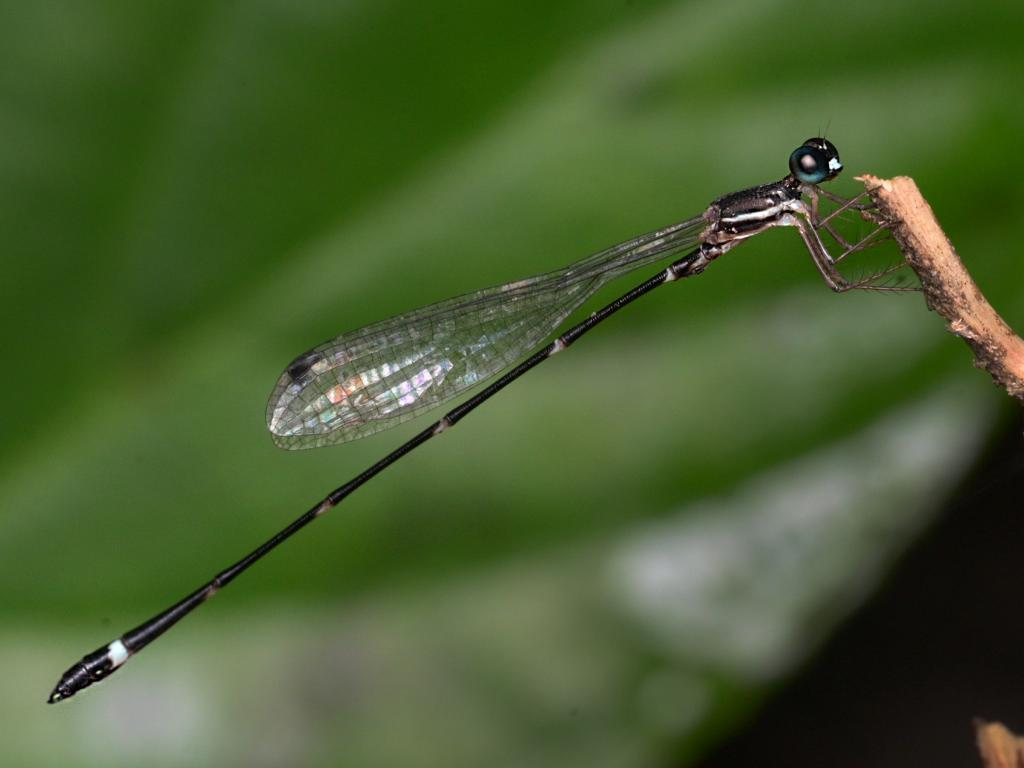





Copyright infringement not intended
Picture Courtesy: MIT-WPU
Context: The discovery of the new damselfly species, named 'Armageddon reedtail' or Protosticta armageddonia, in Kerala's southern Western Ghats is significant and highlights the pressing ecological crisis that the world faces, particularly the decline of insect populations.
Key Highlights
|
Damselflies ●Damselflies belong to the sub-order Zygoptera, meaning "paired wings." ●They are mainly found near shallow, freshwater habitats and are graceful fliers with slender bodies and long, filmy, net-veined wings. ●Damselflies are generally smaller and more delicate than dragonflies. They fly weakly in comparison and have slender bodies. ●Female damselflies use a bladelike ovipositor to place eggs inside plant tissue, facilitating their reproductive process. ●In many species of damselflies, adults change colour as they mature, showcasing a fascinating aspect of their life cycle. |
Conclusion
|
PRACTICE QUESTION Q. How do damselflies differ from dragonflies in terms of their flight and body characteristics? A) Damselflies have colourful wings, while dragonflies have transparent wings. B) Damselflies have slender bodies and weak flight, while dragonflies are robust fliers with larger bodies. C) Damselflies are nocturnal, while dragonflies are diurnal. D) Damselflies have longer antennae than dragonflies. Answer: B Explanation: Damselflies are generally smaller, more delicate, and fly weakly in comparison to dragonflies, which have larger bodies and stronger flight capabilities. |







© 2025 iasgyan. All right reserved